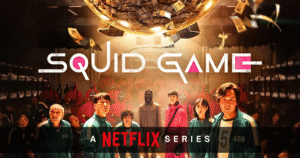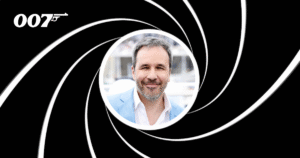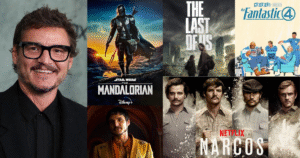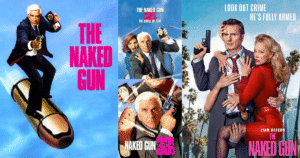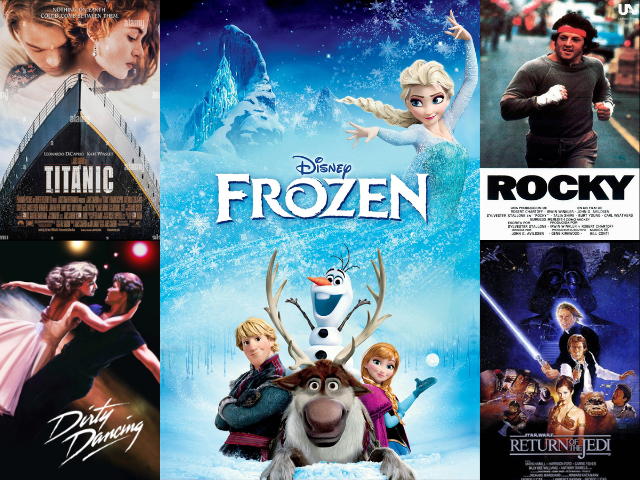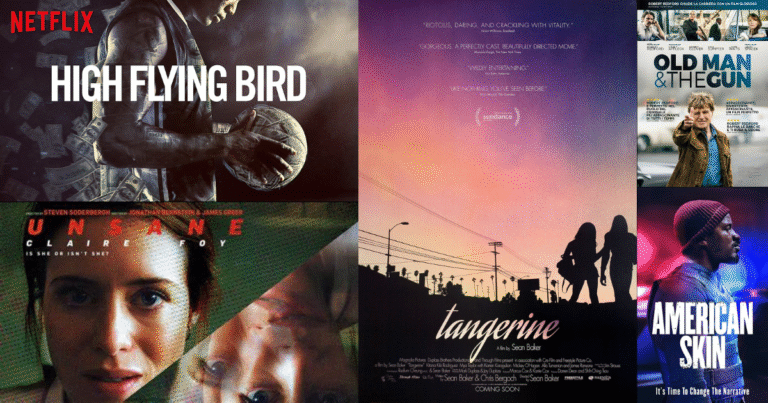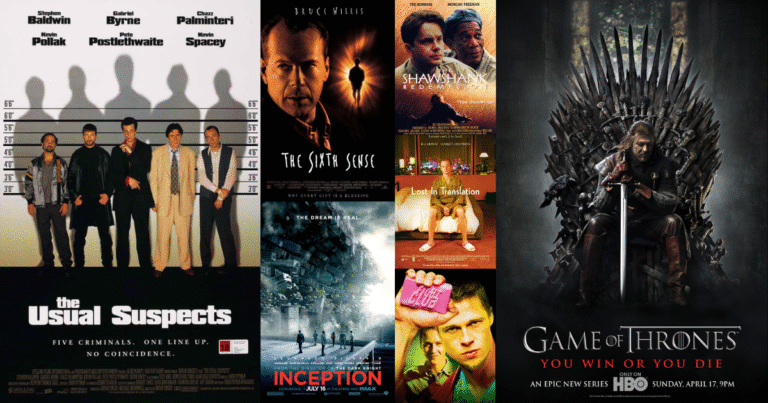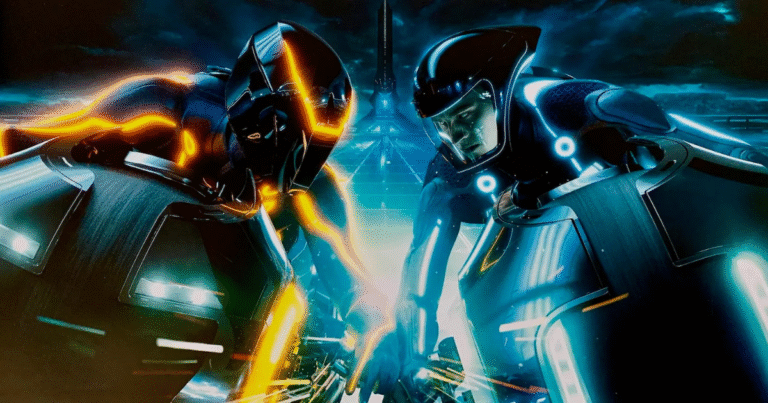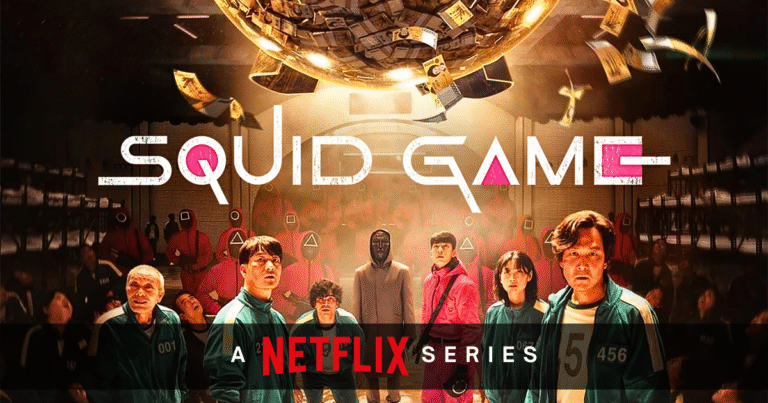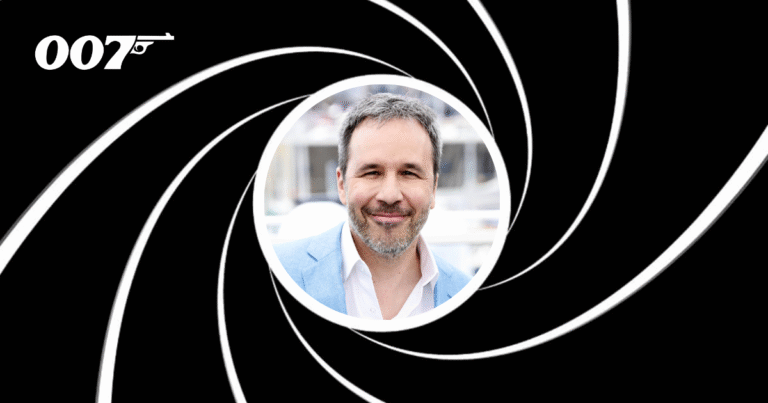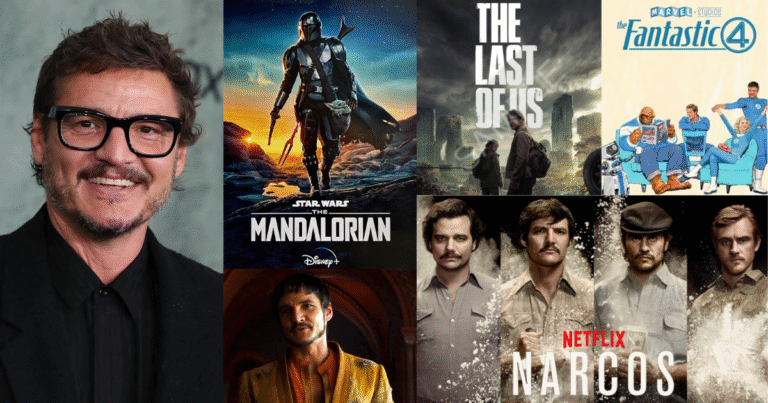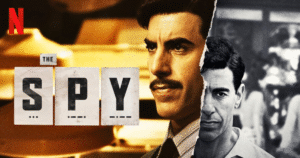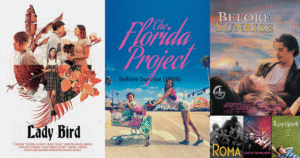Music has the power to make us feel things deeply. In movies, music plays a huge role. It can make us cry, feel excited, or get scared, sometimes without us even realizing why. A good soundtrack doesn’t just sit in the background. It helps tell the story. It becomes part of the scene, the emotion, and sometimes even the character.
In this article, let’s look at how music enhances storytelling in specific films. We’ll explore why some soundtracks stand out and how they shape the way we experience movies.
Music as an Emotional Guide
Think about the last time you watched a powerful movie scene. Chances are, there was music playing. Maybe it was soft piano during a sad moment, or a full orchestra during a heroic one. Music helps guide our emotions. It tells us when to feel tense, happy, or inspired.
In Titanic (1997), the love theme “My Heart Will Go On” is more than a song. It becomes the emotional voice of Jack and Rose’s story. The melody plays softly in key scenes, helping us feel their connection. Even when there are no words, the music says everything.
Creating a Strong Identity
Some movies have music that becomes part of their identity. You hear the first few notes, and you instantly know the film. That’s true for Star Wars, Harry Potter, or Indiana Jones. Composer John Williams created music that is bold, memorable, and fits perfectly with the adventure and tone of each story.
These themes do more than sound good. They remind us of the characters, the setting, and the journey. When the music plays again in later films or scenes, it brings everything back, even years later.
Building Suspense and Fear
In thrillers and horror movies, music is often used to create fear. It’s not always loud or obvious. Sometimes it’s a slow, rising sound that makes your heart race. Or it could be a sudden silence that makes you hold your breath.
One great example is Jaws (1975). The simple two-note theme is now famous. It builds slowly, warning us the shark is near. The music itself becomes the shark in our minds. That’s the power of a well-used soundtrack, it doesn’t just support the scene, it becomes a part of the story.
Setting the Mood
Music can help set the mood or time period of a movie. In Guardians of the Galaxy (2014), old pop songs from the ’70s and ’80s are a big part of the film. They are not just background tunes, they connect to the main character’s past and add humor, heart, and style to the movie.
In La La Land (2016), the jazz-filled soundtrack helps us feel the highs and lows of two artists trying to follow their dreams. The songs match the emotions, the setting, and the story of love and ambition in Los Angeles.
Letting Characters Speak Through Song
In musicals, characters often express their feelings through songs. But even in non-musicals, music can do this. It helps us understand what a character is going through, especially when words fall short.
In The Social Network (2010), the electronic score by Trent Reznor and Atticus Ross adds a sense of urgency and coldness to the world of tech and ambition. It shows us the mood of the characters and the world they live in, even if the scenes are quiet or dialogue-heavy.
Another example is Requiem for a Dream (2000). The haunting score by Clint Mansell reflects the characters’ struggles with addiction. The music doesn’t explain things in words, it makes us feel them.
Using Silence with Purpose
Sometimes, music isn’t used at all, and that choice is powerful too. Silence in a film can create discomfort, tension, or focus. When music finally comes in after a quiet scene, it hits harder.
In No Country for Old Men (2007), there’s almost no music. This makes the story feel more real and intense. The silence pulls you into the world and forces you to focus on every sound, word, and action.
How Directors and Composers Work Together
A great movie soundtrack doesn’t just happen. Directors and composers work closely together to decide where music goes, how it sounds, and what it means.
For example, director Christopher Nolan often works with composer Hans Zimmer. In Inception (2010), Zimmer’s score is bold and emotional. It builds layers of sound that match the film’s complex story about dreams and time. The music doesn’t just support the scenes, it adds to the ideas and feelings behind them.
Popular Songs vs. Original Scores
Some movies use existing songs. Others have original scores written just for them. Both can be effective. Using a popular song can connect with the audience right away. It can also help build the personality of a film.
In Pulp Fiction (1994), Quentin Tarantino used a mix of old rock and surf music. These songs gave the film its cool, edgy style. You remember the scenes, and the music, long after the movie ends.
Original scores, on the other hand, are tailor-made to fit the film. They follow the story closely and can change in real-time with the action. That’s why many epic films like The Lord of the Rings or Gladiator have powerful original soundtracks that feel like a part of the world.
Soundtracks That Outlive the Film
Some soundtracks become just as famous as the films they come from. Think of Frozen‘s “Let It Go”, Rocky‘s “Gonna Fly Now”, or Dirty Dancing‘s “(I’ve Had) The Time of My Life”. These songs live on the radio, at weddings, in commercials, and in our memories.
They bring back the movie without needing the visuals. That’s the beauty of film music. It connects us to a story and keeps it alive.
Final Thoughts
Music is one of the most important tools in filmmaking. It shapes how we feel, what we remember, and how we connect with a movie. A good soundtrack doesn’t just sit in the background. It becomes part of the story itself.
From emotional love themes to chilling horror scores, from catchy pop tracks to powerful orchestras, soundtracks are the secret stars of cinema.
So next time you watch a movie, pay attention to the music. Notice how it moves with the story. You might find that it’s doing more than you thought.
